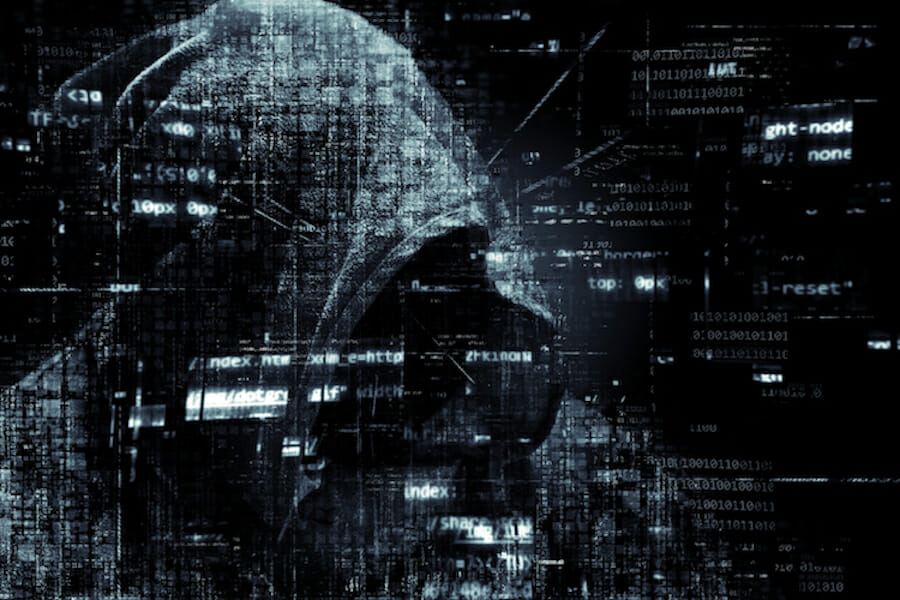
Books
Book Review: ‘Virtual Terror’
“Terrorism” has needed to be redefined for quite some time now, as the cyber era has overtaken what terrorism ‘used’ to be. In his new book, Virtual Terror, Daniel Wagner not only redefines what terrorism has become, but intricately dissects how it impacts each of us. He starts by redefining what cyber terrorism is: it does not matter who is the cyber terror perpetrator – whether an individual, group, business, or government – because if you happen to be on the receiving end of their actions, the net result is the same. Not only have terrorists’ methods changed, but the breadth and depth of the damage they cause has morphed as well, while our ability to effectively combat them is being consistently diminished.
It is this sense of powerlessness to do much about it that is a recurring theme in the book, which is breathtakingly broad in scope. Wagner ‘sets the table’ by putting Virtual Terrorism into context, highlighting some of the best-known examples of cyberterrorism and the implications of Internet-based threats. He then provides a cornucopia of lesser known examples that help to drive chapter-specific themes.
One of the best things about Wagner’s approach is that the reader is simultaneously entertained and terrified, making it, in a sense, less a book about terrorism per se than about the dangers and realities of living in an Internet-based world. That world has nooks and crannies most of us have never even contemplated, such as, the psychological impact of cyber theft and cyber bullying, and how social media is being used to penetrate lives that would never even otherwise be visible.
Most of us never even think about the dangers of logging on to the Internet or using our smartphones, but every time we do so, we are exposing ourselves to a loss of control not only of our privacy, but the ability to know if someone is watching us, what they want, when they plan to strike, or how they intend to harm us. Virtual terrorists operate in an invisible, anonymous, borderless, and lawless world where attribution is extremely difficult to identify, much less prove or prosecute.
From governments and the private sector to financial institutions and telecoms, and from bioterrorism and biometrics to drones and artificial intelligence, Wagner takes us on a rollercoaster ride into a world of astonishingly frightening possibilities in the future. All is not entirely dark, however, despite the book’s foreboding cover. The last part of the book focuses on how the law might come to have more teeth, and what we can do to protect ourselves. The final chapter is a vision for what our near-term future may look like in this cyber-dominated world.
Virtual Terror is, in the end, a clarion call for what individuals, businesses, and governments need to do to try to combat this menace. Each has a comparative advantage and disadvantage, and Wagner calls for all sectors to find a way to work together more meaningfully. A siloed approach to combatting Virtual Terrorism simply will not work. He is right that, if we do not find a way to get out in front of this soon, the battle will likely be lost. This is a must read for anyone who understands that the best way to fight your enemy is to know it.

